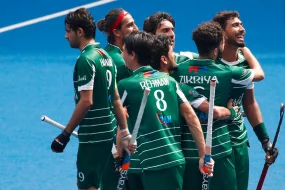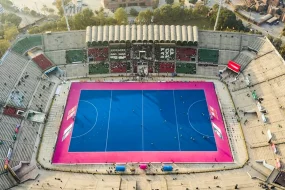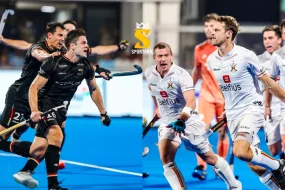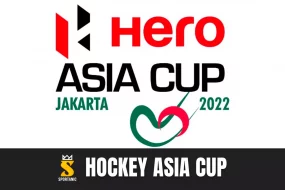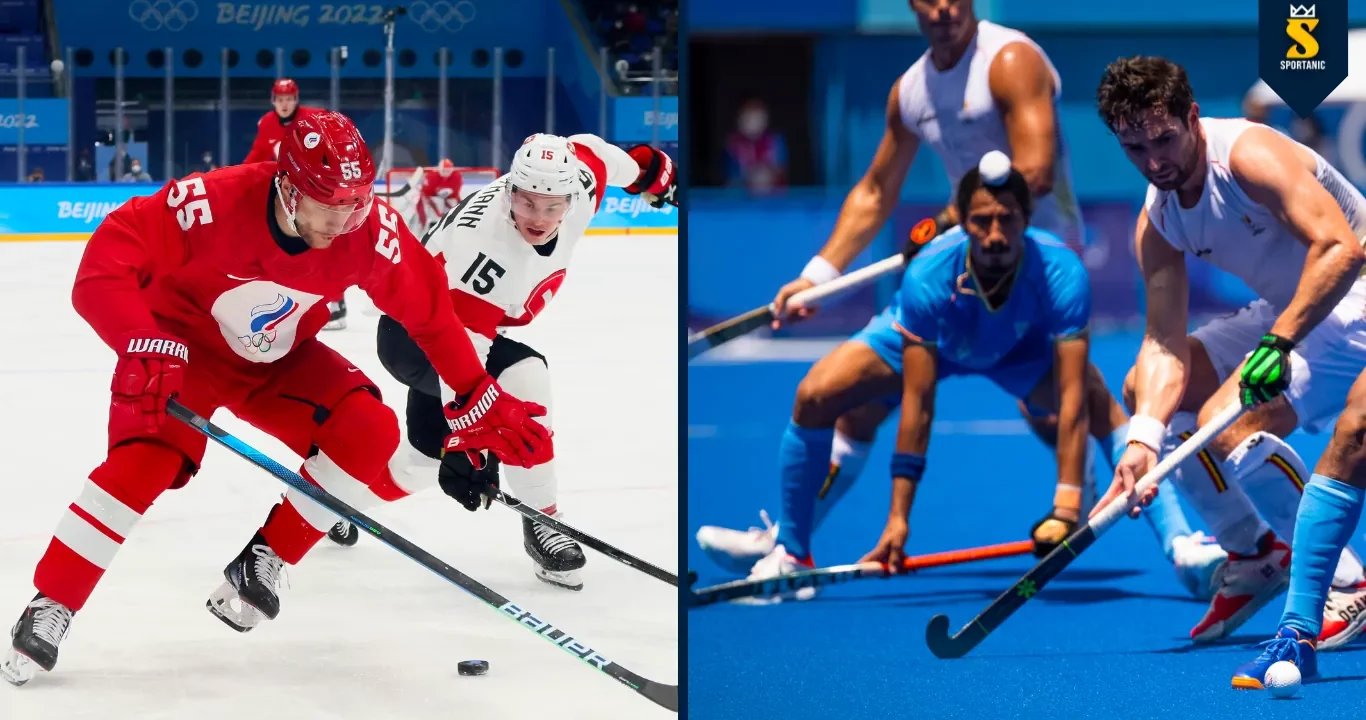
Ice Hockey is a unique and fast-paced sport played by millions of people each year. The puck can move down the 85 ft. by 200 ft. ice surface in seconds. Five players per team plus a goalie are on the rink all the time. A player’s job is to work with their teammates to score as many goals as possible while also protecting their defence zone.
What is so unique about ice hockey compared to other sports such as soccer, basketball, and football? The competitor wears skates and glides around the ice, rather than running on a count or field in a pair of cleats or shoes. It takes time and proper training to become a skilled hockey player.
Hockey is a game that is played around the world by many countries. Some of the top hockey-playing nations include India, Pakistan, New Zealand, Netherlands and Great Britain. The pinnacle of the sports comes in the form of the Olympics which it has been one of the top-attended sports since its reinstating in 1929.
Also Read: International Hockey Returns to Pakistan
Ice hockey and field hockey requires dedication and strong hand-eye coordination. The foundation of each sport is quite similar; work with your team to score a goal against the opponent. Yet several aspects of the game divide the two.
10 differences between Ice Hockey and Field Hockey
1. Playing surface
- Ice hockey is played on ice, while field hockey is played on grass or turf.
- The dimensions of an ice hockey rink are typically 200 feet by 85 feet, while a field hockey field is 100 yards by 60 yards.
2. Number of players
- Ice hockey teams have 6 players on the ice at a time, while field hockey teams have 11.
- In ice hockey, the players are divided into 3 forwards, 2 defensemen, and 1 goalie. In field hockey, the players are divided into 3 forwards, 3 midfielders, 3 defenders, and 1 goalie.
3. Structure of the game
- Ice hockey games are divided into three 20-minute periods, with a 15-minute intermission between each period.
- Field hockey games can be either 70 minutes long (divided into two 35-minute halves) or 60 minutes long (divided into four 15-minute quarters).
4. Scoring
- In ice hockey, goals can be scored from anywhere on the ice.
- In field hockey, goals can only be scored from within the scoring circle, which is a semi-circle located in front of each goal.
5. Offside
- In ice hockey, a player is offside if they cross the blue line before the puck.
- In field hockey, there is no offside rule.
6. Stick Handling
- In ice hockey, players can use both the front and back of their stick to handle the puck.
- In field hockey, players can only use the flat side of their stick to handle the ball.
7. Goalies
- Ice hockey goalies have larger pads and use a different type of stick than field hockey goalies.
- Ice hockey goalies typically have a paddle at the bottom of their sticks to help them stop pucks. Field hockey goalies do not have a paddle, and their sticks are similar to the sticks used by field players.
8. Penalties
- In ice hockey, there are two types of penalties: minor and major.
- Minor penalties result in a 2-minute penalty kill for the offending team. Major penalties result in a 5-minute penalty kill, or a game misconduct if the penalty is deemed to be “matchable.”
- In field hockey, there are three types of penalties: green card, yellow card, and red card.
- Green cards are warnings and result in a 2-minute penalty for the offending player.
- Yellow cards are for serious offences and result in a 5-minute penalty for the offending player.
- Red cards are for the most serious offences and result in the offending player being ejected from the game.
9. Shooting
- In ice hockey, the puck can be shot in the air at any time.
- In field hockey, the ball cannot be shot in the air, except for on a shot on goal.
10. Ties and overtime
- In professional ice hockey, games that are tied after regulation time go to overtime, followed by a shootout if the game is still tied after overtime.
- Field hockey games can end in ties, but they can also go to overtime or a shootout if it is a part of tournament play or the playoffs.
Ice hockey and field hockey are two popular sports that share some similarities but also have many differences. The playing surfaces, number of players, structure of the game, scoring, offside rule, stick handling, goalies, penalties, shooting, and ties and overtime are all different in these two sports. Ultimately, the best sport for you to watch or play will depend on your personal preferences.
If you enjoy fast-paced action and high-scoring games, then ice hockey may be the better choice for you. If you prefer a more strategic game with less physical contact, then field hockey may be a better fit.
